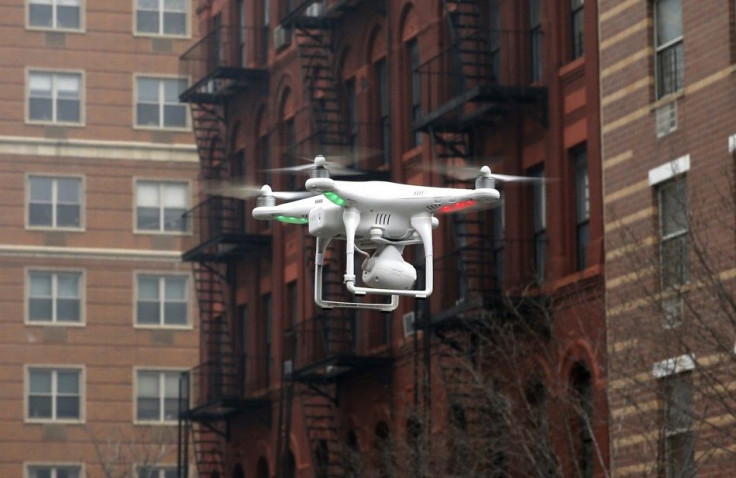New Zealand Sets New Regulations For Flying Unmanned Aircraft

New Zealand's Civil Aviation Authority will be releasing new rules for flying drones in the country. The CAA is requesting industry professionals and the public to express their opinion regarding the proposed rules for unmanned aircraft flights or drones.
Most of the drones fly under the regulations covering the model aircraft. However, the remotely piloted aircraft is capable of flying faster and higher than the traditional model planes, according to the New Zealand Herald.
The CAA general manager of aviation, Steve Moore, said the superior performance and features of drones indicate that they can be used in wider applications such as agriculture, film production and scientific research. Moore added that drones may pose great safety risks to other people and property. The CAA had to update its rules to consider the risks.
He said users of drones will have to follow the new rules so it is important for the CAA to get their opinion. Previous reports have indicated a growing number of drones being used around the world. Drones are being sold in shops while some can be purchased online for a few hundred dollars. CAA New Zealand said the new rules would include unmanned aircraft in the aviation system.
The CAA wants to ensure that recreational users can still operate their drones in a low-risk environment. Existing rules will be revised in recognition of the risks to persons, airspace users and property. The aviation authority plans to issue the new rules on Dec 4.
According to official documents, the CAA has received 15 reports of incidents involving drones in 2014. The number has grown from just one in 2010 to 12 incidents in 2012 and 2013. Those who are found to be in violation of the Civil Aviation Rules will be fined or prosecuted by the CAA.
Meanwhile, Privacy Commissioner John Edwards said the CAA cannot protect the privacy of individuals since drones are operated under the same guidelines as CCTV footage. He added that police will consider filing a criminal charge against a person who made an intimate visual recording.




















